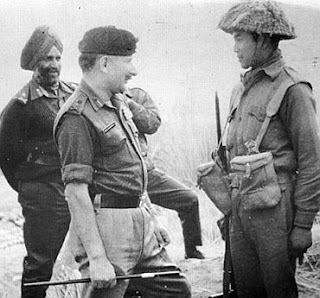The recent ethnic violence in Assam that kept the
Indian Government on tenterhooks has also dealt a blow to the US efforts
to search for the remains of American soldiers who died in air crashes
in North East India during World War-II campaigns.
First Lieutenant Irwin
Search conducted during 2008
After
the Indo-US political military dialogue in June this year, the bereaved
families of the missing American soldiers were hopeful of giving a
closure to the search of their loved ones after six long decades as
India positively considered the request of the US government to resume
search in the region.
However, to
fulfill its motto of “No one left behind”, the US government will have
to wait longer as the resumption of search has been postponed till next
year.
“Due to the recent
escalation of ethnic violence in northeast India, the government of
India has officially postponed all JPAC operations in India until spring
2013,” the US’ Defense Prisoner of War/Missing Personnel Office (DPMO)
said on its website. The search was suspended in 2009.
Hundreds
of soldiers are reported to be missing in the region known as the
“hump” – the eastern end of the Himalayas, over which American pilots
used to run air supply lines to refurbish its own air force units and
the army of Chiang Kai Shek. In US army parlance, it was also called the
“China-Burma-India” theatre of operations.
According
to Indian official sources, at least 94 soldiers are said to have died
in crashed in the region which now lie within Indian Territory.
As
per the website of the US military’s Joint POW/MIA Accounting Command
(JPAC) more than 400 defence personnel are unaccounted for in this
region, though it's not clear in which country the remains will be
found. JPAC teams had conducted investigations thrice in India in 2008
and 2009, but the operation had been suspended for more than two years.
The recent postponement has disappointed the families of the missing American soldiers. 57-year-old software programmer Gary Zaetz, who lost his uncle First lieutenant Irwin Zaetz during a crash of B-24 Bomber in Assam, termed it “shocking and discouraging”.











